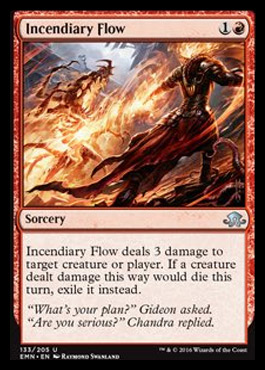vs
This is IMO a very important consideration for cubes, with a lot of space for different opinions, which depend a lot on the playing group's familiarity with the deep pool of MtG cards. Despite that, I have never seen anything written about it here or in other forums.
I personally tend to go for the simpler cards, as MtG (and in particular cube drafting) already is strategically deep enough that adding large text boxes is not a net positive. How far do you go? I wouldn't go as far as replacing Smash to Smithereens with Shatter, but I'm on the fence about Echoing Truth vs Disperse and Welkin Tern vs Rattlechains. Glimpse the Unthinkable over Breaking // Entering and Watchwolf over Fleecemane Lion are not even close to me.

